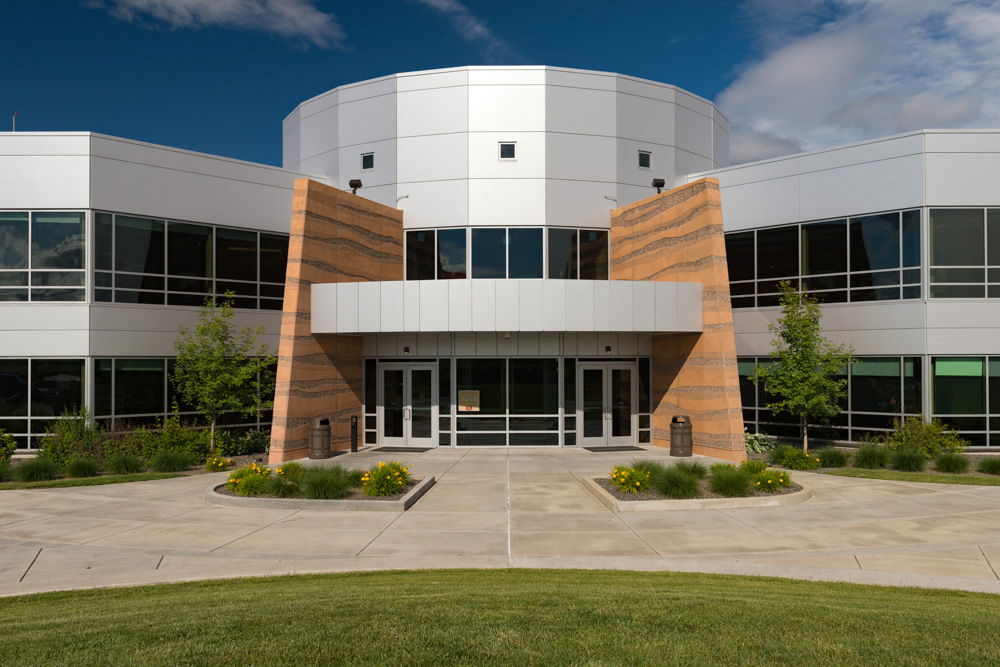Indigenous Voting Rights in Oregon
Page Content

The Nixyaawii Governance Center at Whitehorse on the Umatilla Indian Reservation. (Oregon State Archives Image)
The Nixyaawii Governance Center at Whitehorse on the Umatilla Indian Reservation. (Oregon State Archives Image) Contrary to the national standards, Oregon had a history of opening the polls to local indigenous peoples well before the 1924 Indian Citizenship Act. Some newspaper accounts of voting in 1896 involve a controversy over voting irregularities on the Siletz Reservation – the votes of 125 residents resulted in Thomas Tongue winning Oregon’s 1st District Congressional seat. In addition, a 1906 newspaper references an opinion by Oregon Attorney General Andrew Crawford for the Indian Agent on the Klamath Reservation stating that individuals with allotments would be considered eligible to vote.
Umatilla County Election registers in the Oregon State Archives holdings show names that correspond with people who appear on the Umatilla Reservation census rolls. Some are descendants of former Hudson Bay employees who may have qualified as voters due to a certain percentage of “white” blood. Reports from Umatilla County also indicate that voting precincts were located on the reservation. A comparison of the names from some Klamath County voter registers and the 1900 and 1920 census records indicate that the individuals on the registers are listed in the census as being able to read and write English. Because of this, it is difficult to determine if the advent of Oregon’s literacy requirement in 1924 significantly affected voting among Oregon’s indigenous population.
Next: Hierarchy and Coverture >